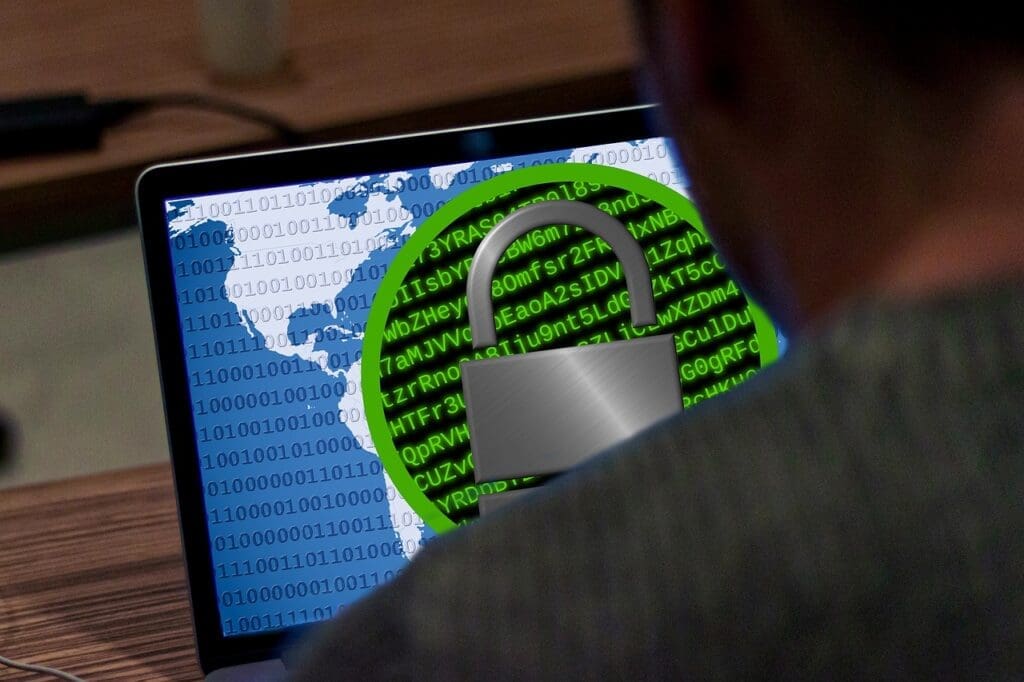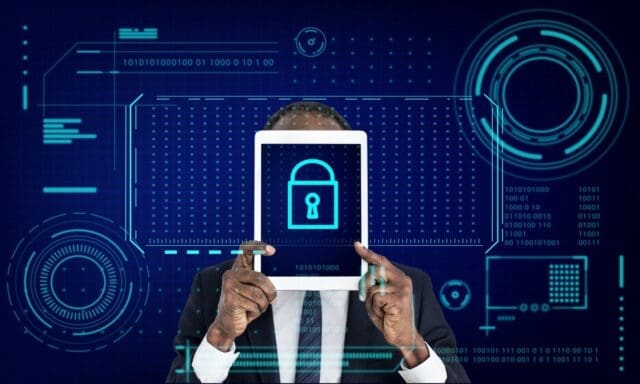The world has transformed into a global village due to the evolution of the internet. People are becoming close to their loved ones even after having a distance of thousands of kilometers. In recent times, freelancing and remote working have gained massive hype, and IT companies are coming forward to develop systems to address modern-day problems.
As the prevalence of remote work and expansive IT infrastructures grow, cybersecurity professionals relentlessly fortify defenses against mounting threats. To proactively address these dynamic challenges, numerous enterprises are embracing threat intelligence as a service, equipping themselves with timely insights on emerging vulnerabilities and potential attack avenues. Concurrently, the escalating risks of cybersecurity have led companies to allocate billions annually to safeguard their systems.
According to John Chambers, former CEO of Cisco, the two types of companies that exist are those who know they have been hacked and those who don’t know they have been hacked.
The objective behind a cyberattack is to make money by jeopardizing the system and demanding a huge ransom to fix it. Companies are vulnerable to cyberattacks, but individuals are no exception. Everyone is prone to using insecure public Wi-Fi and storing personal information on their devices, including laptops, smartphones, and tablets.
First, we would like to give you an overview of cyber threats and cybersecurity. Stay tuned and read until the end.
What is Cyber Threat and Cybersecurity?
Cyber threat is the act of gaining access to organizational or individual data to corrupt or steal personal and confidential information.
Cybersecurity is the act of protecting electronic devices, servers, networks, and mobile devices from malicious attacks. Most internet service providers make sure to provide an optimal level of security to their subscribers. For instance, if you go through Spectrum packages, you will find not only high-speed internet up to 940Mbps, but also a security suite included free of cost.
Several types of cybersecurity threats include malware, ransomware, phishing, spear phishing, social engineering, advanced persistent threats, man-in-the-middle attacks, and DDoS attack.
Statistics about Cyber Threat and Cybersecurity
- Around 99% of third party stores contain mobile malware
- The attack on Yahoo in 2013 caused the loss of data from more than three billion accounts
- Around 143 consumers were affected as a result of the attack on Equifax in 2017, causing a loss of more than $4 billion. Equifax was found guilty of the breach and was fined $425 million by the FTC (Federal Trade Commission)
- According to the estimates by McKinsey, 70 percent of security executives believe a decrease in the budget by 2021, which will reduce their expenses on risk tools, compliance, and governance.
- According to the forecast by IDC, around 55.7 billion connected devices will be available by 2025, of which 75 percent will be connected to the Internet of Things (IoT). The estimates also revealed the generation of 73.1 zettabytes of data by 2025 compared to 18.3 zettabytes in 2019.
How to Avoid Security Threats?
Avoiding security risks while staying connected isn’t difficult. If you know some basic steps, you are safer than those who don’t even know it. Let’s have a look at some of the tips to avoid security threats. It won’t take much of your effort or require any technical skills if you are using a real-time endpoint security company. Here’s how to take care of you and your family while they are connected to the internet.
Ransomware

Ransomware is taking its toll worldwide by stealing data to hack bank accounts. It is the most common form of cyber-attack affecting millions across the globe. Some of the most common types of ransomware attacks include Petya and WannaCry.
Ransomware is quite lethal and does not affect a single business one time but can spread havoc to the entire country. It can break into your system, steal all your data, and then asks you to pay for the decryption code. Ransomware is not only a means to make you financially bankrupt but also leads to downtime, which ultimately results in tarnishing your reputation.
If you want to protect yourself from ransomware, the best solution is to take a timely data backup. Most organizations are careless about their data, and when stuck with a situation, they are now willing to take any step to get it back. If you want to keep yourself safe from ransomware, make sure to keep all the software updated, whether it be an antivirus or operating system. Moreover, you need to educate your team and family members about cyber threats.
Phishing
One of the most prevalent and popular cyber threats is phishing. It is a fraudulent activity to steal sensitive data or information, including passwords, social security numbers, usernames, and credit card numbers. Phishing normally occurs through email, where the attacker personifies himself as a trustworthy entity. They might give you an attractive offer to click on or act as a friend or colleague to help in difficult times.
If you want to stay away from phishing, you can adopt simple ways to protect yourself and your family from it. Avoiding phishing attacks is quite easy because it won’t take place unless you don’t take a specific action. For instance, an attachment in your email from an unknown source can be deleted permanently before opening or downloading it. Also, you need to check the sender’s email and review the email address it.
Be realistic, and don’t assume that a prince of Arabia would send you million dollars check for no reason, and no store would offer you iPhone Pro Max 12 for a measly $100.
Malvertising
Malvertising is also one of the most common types of threats people face online. Online ads are annoying enough, and when it is Malvertising, the anger might grow to 10 times. These types of cyberattacks are found on websites with no authority, and all you could see are advertisements on all of its pages. Once you click any of the ads, your system would react weirdly.
If you want to stay away from Malvertising, make sure to keep your system updated. Install patches, and other updates rolled out by hardware and software services.
All of the tips mentioned above would help you ensure maximum security and protection against cyber attacks.
Featured Image by rawpixel.com




